The Butterfly Summer: Norfolk & The Fens
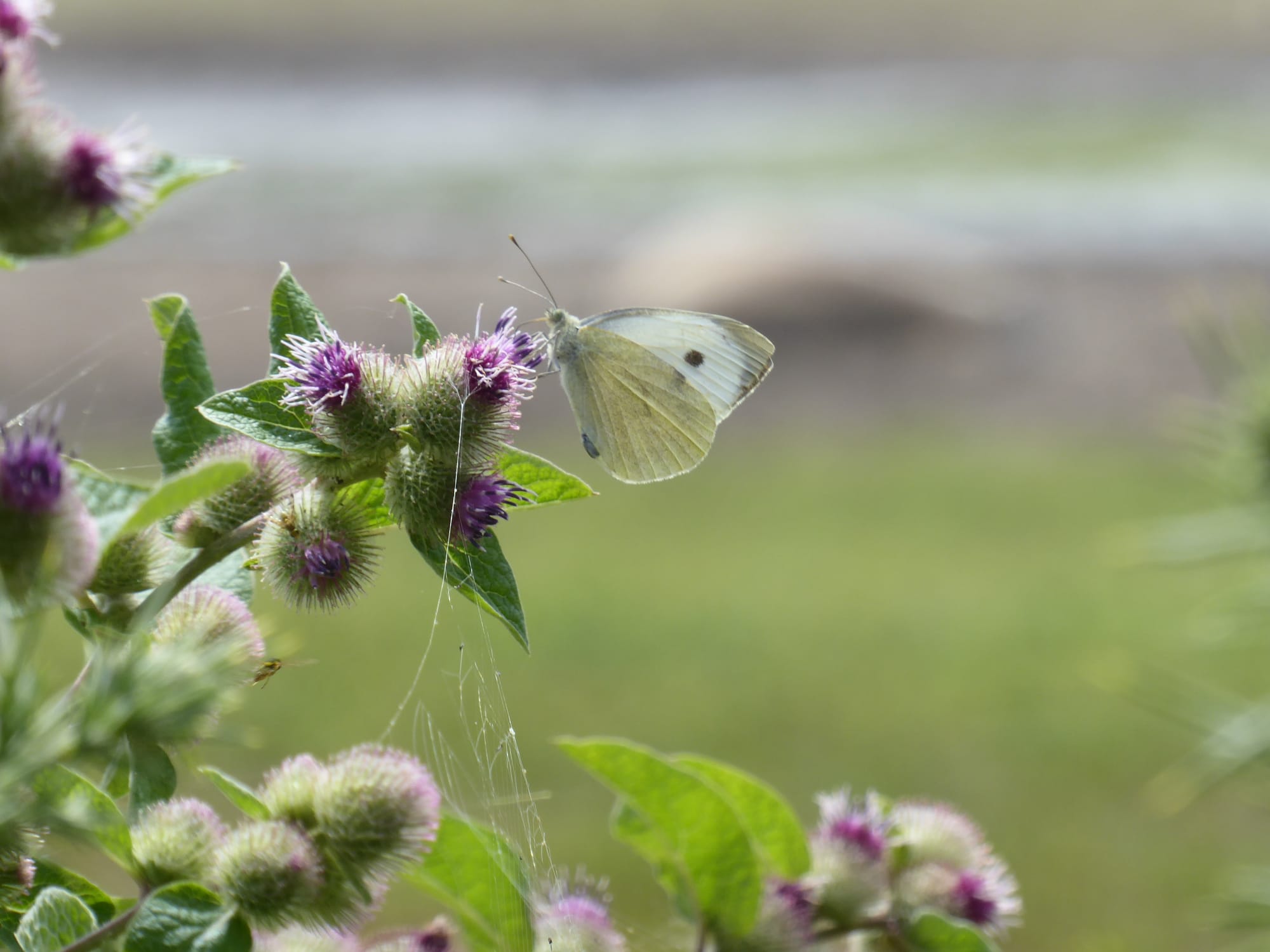
“Daddy, this meadow is really boring!”
A lot has changed since I last posted on this blog, back in the Covid-warped world of 2020. Most significantly, on a personal level, I now have two sons. And the oldest is sufficiently articulate that he can deliver withering critiques of my holiday choices.
The meadow in question was on the edge of the Mannington Estate in north Norfolk. A wooden boardwalk cut through a watery expanse of reeds, marsh thistle and meadowsweet. The air was alive with butterflies: gatekeepers, silver-washed fritillaries, meadow browns, speckled woods.
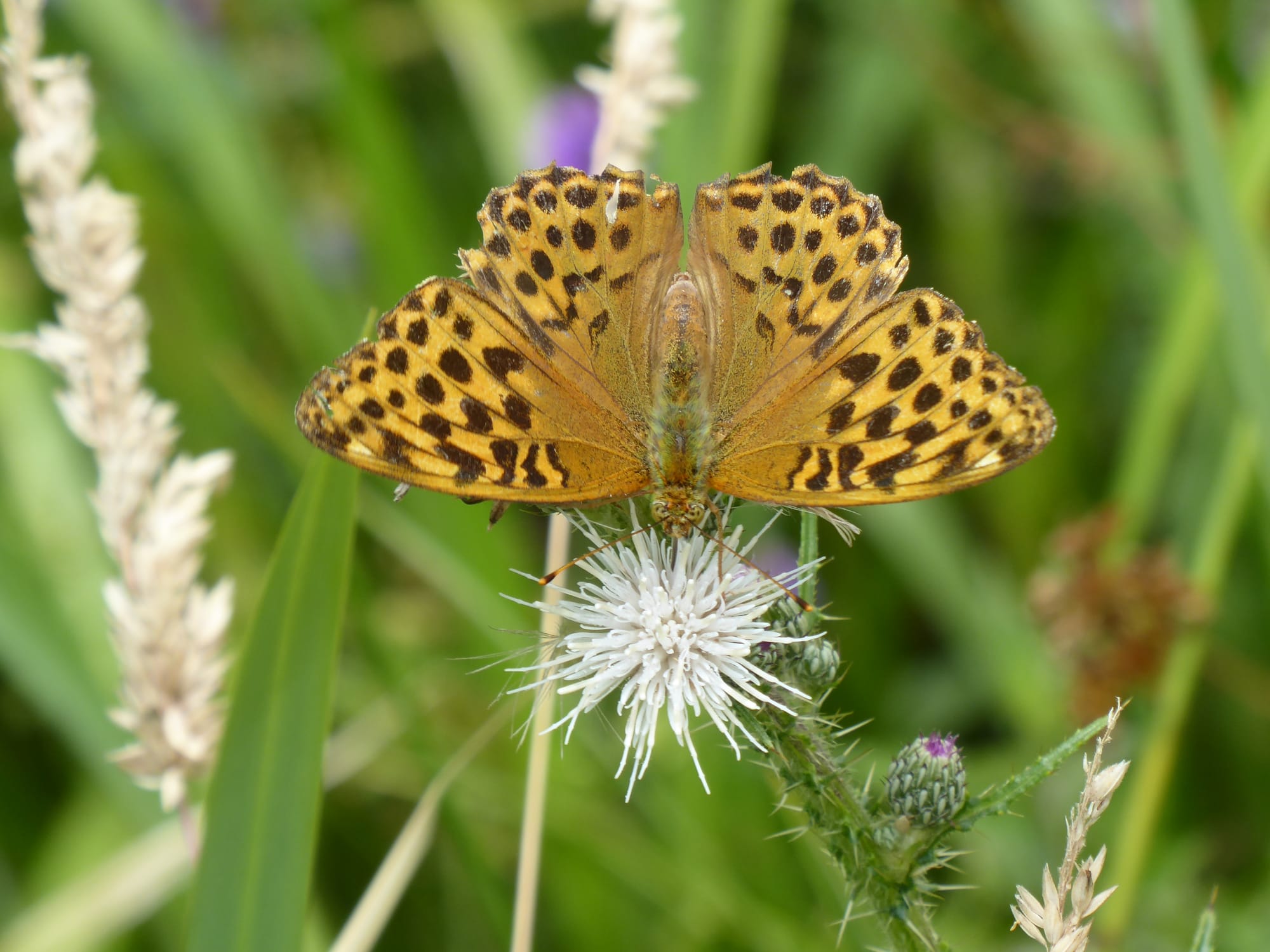
This is another thing that has changed. The pull of nature, the yearning to be in wild places. Since I last wrote on here, I’ve drawn a line under 15 years in the travel industry, and embarked on a new career in conservation. I’ve become a gardener, with mixed results. I drag my family to nature reserves so I can photograph butterflies, wildflowers, birds, bees.
I’m not sure exactly when this shift happened. I’d like to say that I had some sort of profound awakening during our trip to South America, visiting amazing places like Galapagos and the Amazon. I could equally point to Slovenia in 2019, the incredible pristine forests, the startlingly clear rivers, the alpine meadows. Or maybe it was lockdown, spending all that time in the garden.
At the same time, it increasingly feels like our relationship with nature here in the UK is fundamentally broken. We tell ourselves we’re a ‘nation of animal lovers’, celebrating our ‘green and pleasant land,’ yet at the same time we’re intensively farming the countryside into oblivion, insect numbers are crashing, birds are disappearing, and our rivers are full of shit.
There are people and organisations trying to change this. At the grand Felbrigg Estate, managed by the National Trust, I drifted around the house itself, uninspired by the accoutrements of wealth gathered by its former owner on his 18th century ‘Grand Tour’ gap year. I ended up finishing the tour way ahead of everyone else, with a sleeping baby strapped to my chest. I ambled out of the front gate, into a field scattered with cow pats, and noticed a scrubby area of thistles and nettles, covered in butterflies. There was something strange and uplifting about this little world playing out in an overgrown corner of a field, ignored by everyone except this strange man with a baby carrier taking photos. Much of this estate is now being managed for nature, restoring heathland habitat and ’rewiggling’ the stream that runs through the site.
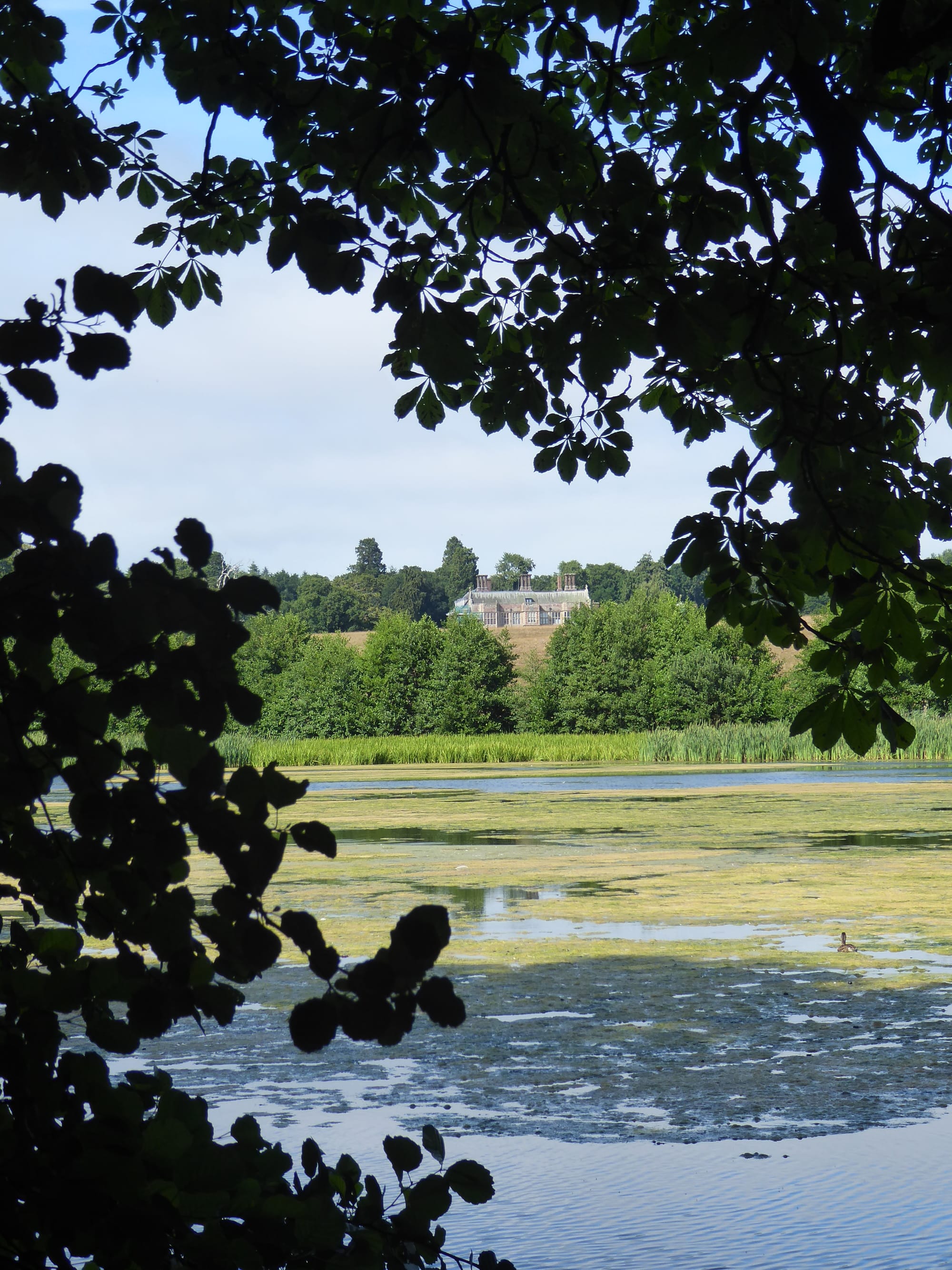
Even in a heavily farmed region like East Anglia, there is space for pockets of nature to thrive. Pensthorpe, just outside Fakenham, is a former gravel pit that has been transformed into a beguiling blend of formal gardens and wild nature reserve. It also has a brilliant adventure playground, which kept our four-year-old entertained.
I was taken aback by the diversity of the habitats and the abundant birdlife. As we followed a winding, pram-friendly path through shady woodland, columns of fluffy ducklings marched past. Beautiful peacock and red admiral butterflies perched on hedgerows flexing their wings in the sun, and several flavours of goose - Canada, Greylag, Egyptian, barnacle - approached in the hope of an easy feed.
My favourite spot was a bird hide looking out across a wetland landscape, half dried out by the baking sun, where cattle wallowed in the mud and an astonishing variety of waders and waterfowl congregated. I almost felt like I was on safari, parked up by an African waterhole. In another bird hide, a swallow came swooping through the window to feed the cheeping chicks crammed into a nest in the roof.
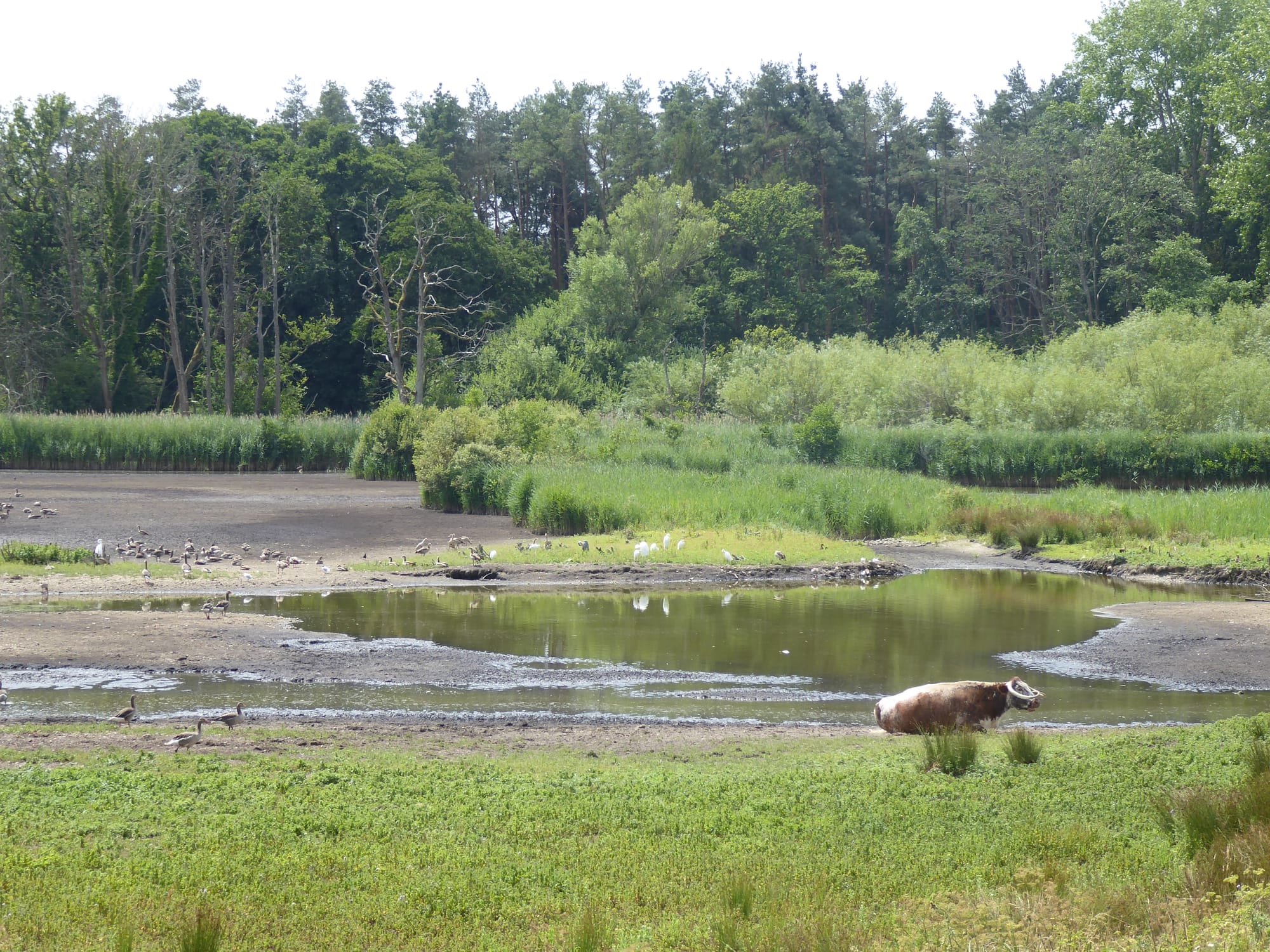
Elsewhere on the site, wildflower meadows buzzed with bees and dragonflies, and little bridges crisscrossed the river Wensum. We watched, transfixed, as two white-clawed crayfish battled each other in the crystal clear water. The Wensum is a chalk river, a globally rare habitat. There are only around 200 chalk rivers in the world, and 85% of them are found in England.
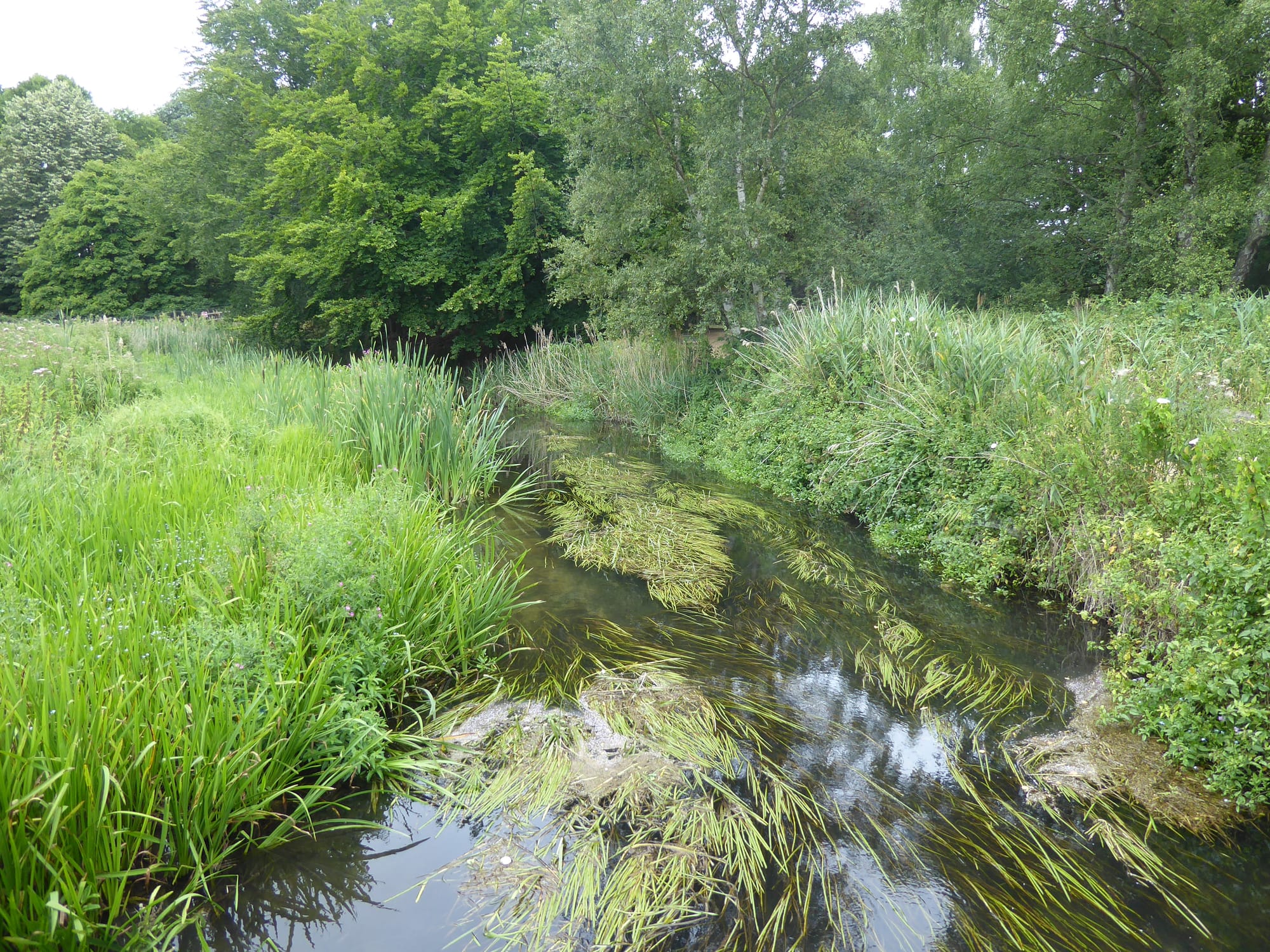
On the way back home to London at the end of our week away, we stopped off at Wicken Fen, north east of Cambridge. The peaty soil of the Fens provides some of the UK’s most fertile farmland for growing crops. But from an ecological point of view, it’s a disaster zone.
The Fens were once a vast wetland, where life was dominated by the water. Making a living from fishing and wildfowling would have been hard in this malarial landscape of marshes and meres. Nevertheless, there was fierce local opposition when wealthy landowners such as the Duke of Bedford started draining the Fens in the 17th century. Saboteurs known as the Fen Tigers destroyed many dykes and dams, and launched violent attacks on farmers.
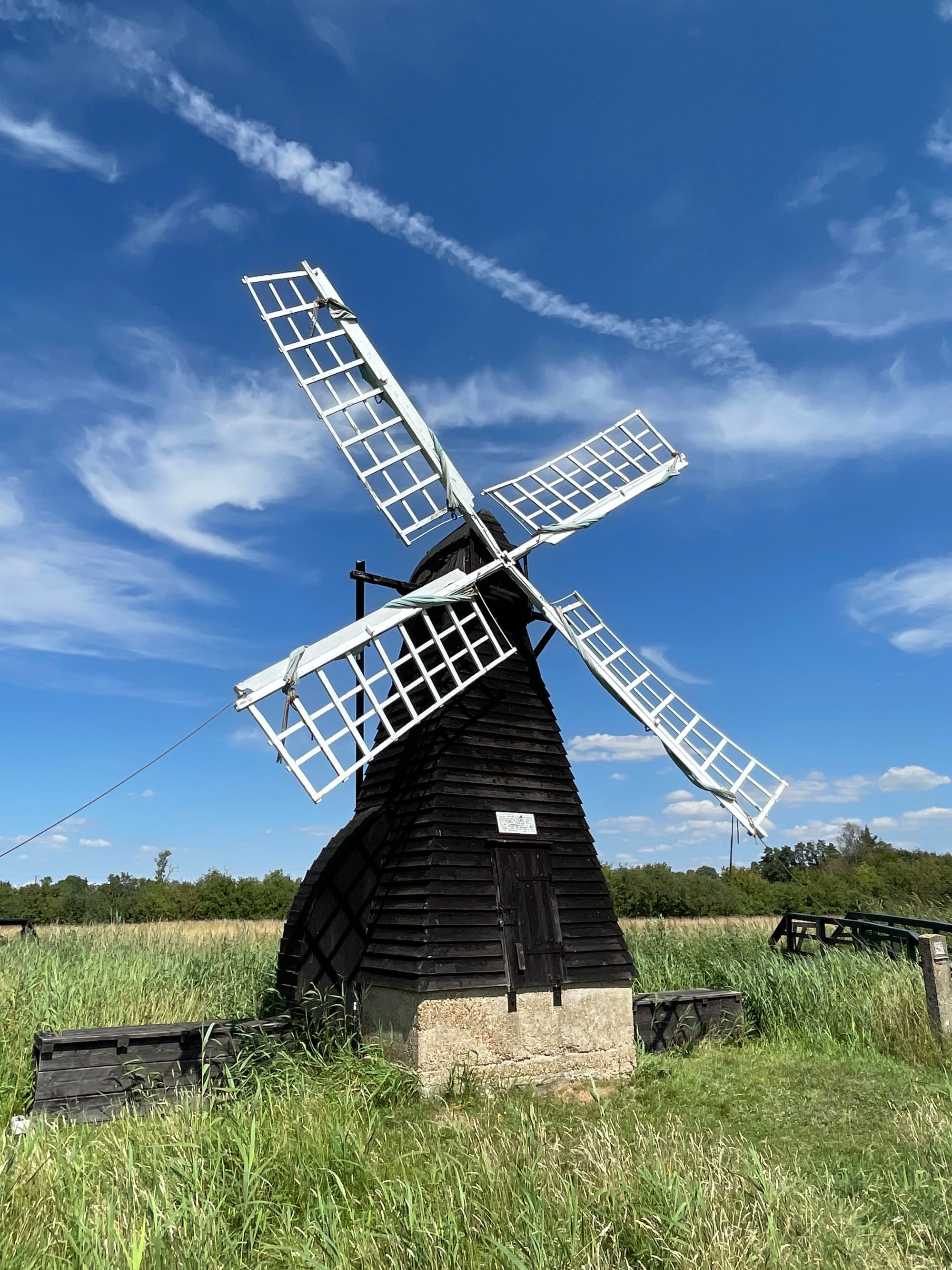
Driving around the Fens today, it is abundantly clear that the Tigers lost that battle. Arable fields stretch as far as the eye can see under Cambridgeshire’s endless skies. Almost all of that rich wetland habitat is gone, and with it the eels, the water birds, the fenland way of life. As the peat has dried out, the land has begun to sink. The ‘Fen Blow’ whips up dust storms, stripping the fertile topsoil from the land, and the carbon previously locked up in the lowland peat is now being released into the atmosphere, helping to fuel the climate change that may one day flood these fields with seawater.
Wicken Fen is the National Trust’s oldest nature reserve, and is one of the few places where you can still see what the Fens would have looked like before they were drained. We visited on a scorching hot day - not entirely wise, given the lack of shade. Grassy paths and wooden boardwalks led us through a watery landscape that would have been commonplace in Cambridgeshire a few centuries ago, but now seems strange and exotic.
I don’t think I’ve ever seen so many dragonflies and damselflies. Flashes of blue, green and red zipped through the air. A peaty, boggy smell hung in the air. The feeling of being surrounded by water was slightly disorienting.
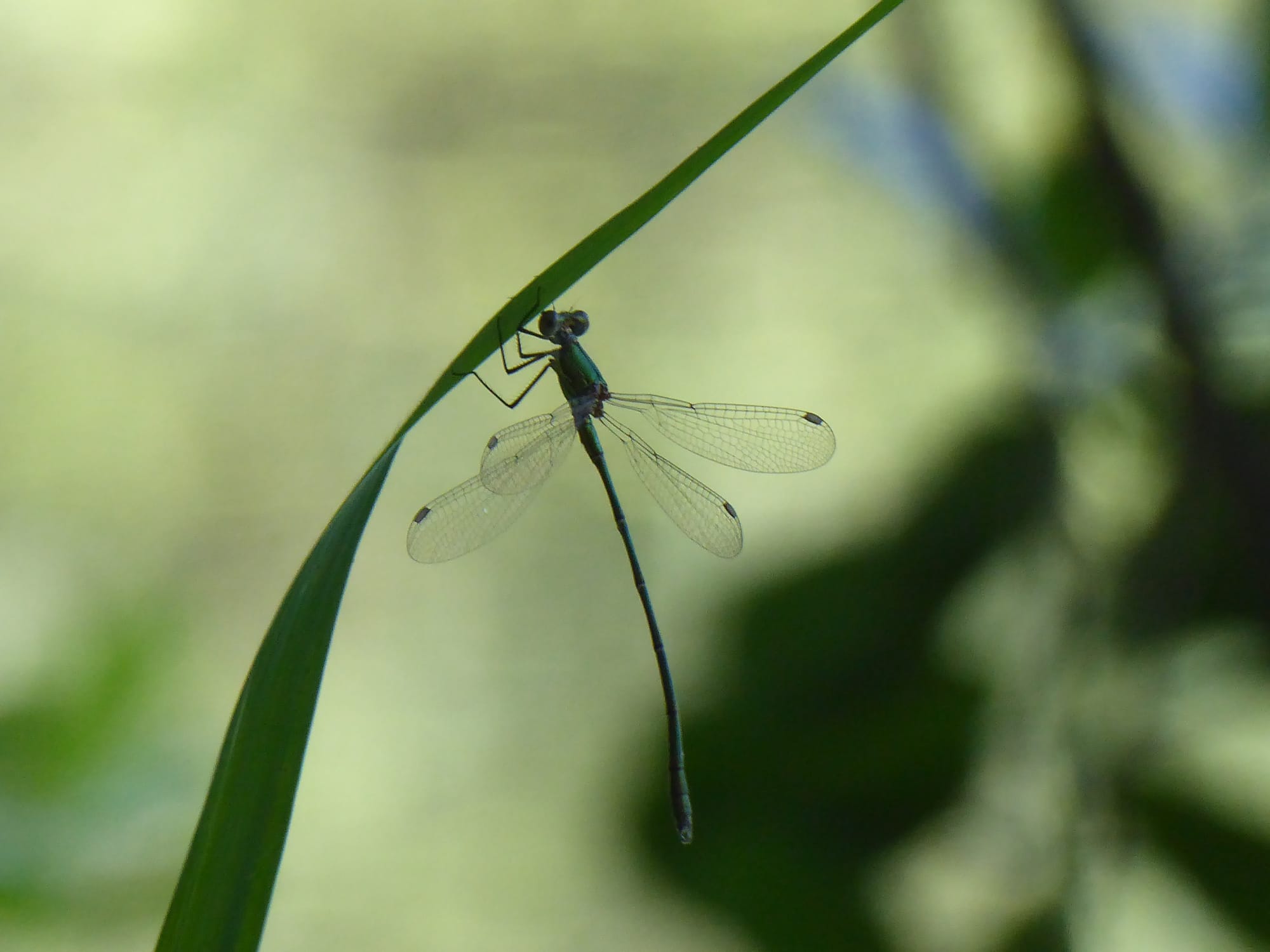
We headed for a relatively shady patch of woodland in the corner of the reserve, and had our picnic lunch in a bird hide. Out of the corner of my eye, I noticed a flash of blue and orange. A kingfisher, perched briefly on a branch down by the water’s edge.
Wheeling our sleeping baby through wooded glades, we saw butterflies, ever more butterflies. Brimstones, gatekeepers, speckled woods, small blues. Butterfly numbers have been declining in the UK for decades, but 2025 has been a good year thanks to the weeks of warm weather. Ladybirds seem to be everywhere too. And wasps, back in numbers to terrorise your picnic.
Wicken Fen is not just a reminder of what we’ve lost - it’s a suggestion of what we could have again. Projects are now underway, both at Wicken and further north towards Peterborough, to re-wet and restore thousands of acres of fenland. This hugely ambitious initiative will go some way to undoing the damage done by the draining of the Fens, boosting biodiversity and helping to mitigate climate change.
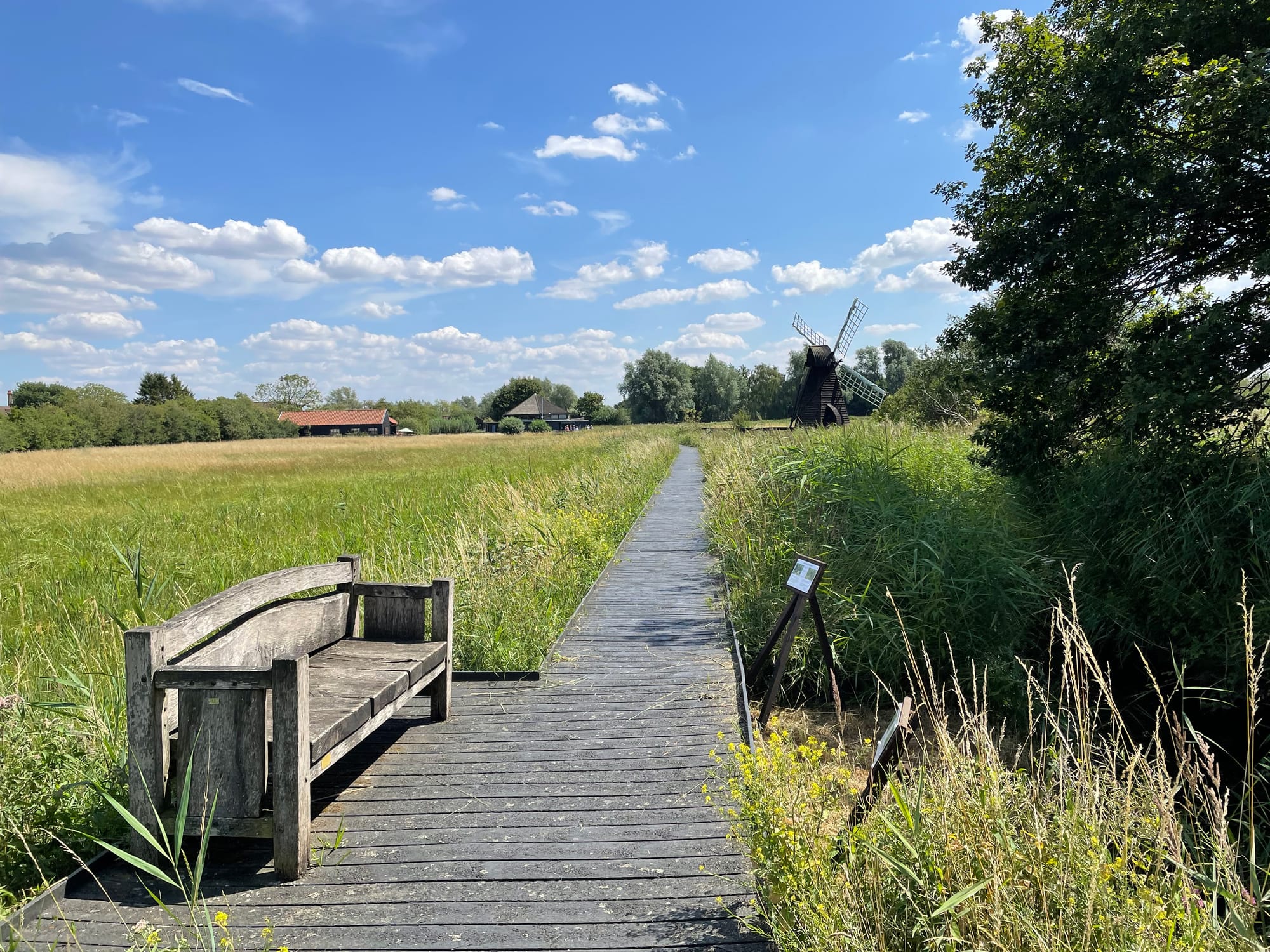
I grew up in a little village in East Anglia, ostensibly in the countryside, but in reality surrounded by flat and featureless arable fields, with nature pushed to the margins. Every time I go back there, more newbuild houses seem to have sprung up where there used to just be fields or hedgerows. The long grass behind our old house, where we used to see kestrels hunting, was cut down and turned into a paddock for horses. The tree in the front garden has gone, the lawn paved over to accommodate multiple cars.
Maybe that’s why these wilder places appeal to me. There’s a nostalgic, reassuring quality to them, a flickering vision of the countryside as my grandparents would have experienced it. And they give me a bit of hope for the world that my kids are growing up in.
We arrived home from Wicken Fen to an even hotter Walthamstow, the heat radiating from the city concrete. We took the boys straight through the house to the back garden to fill up the padding pool. Glancing up, I saw a huge dragonfly skimming over the tops of the fences. A butterfly - a speckled wood - settled for a moment on a salvia plant. It was uncanny, as if the Fens had somehow followed us home.

